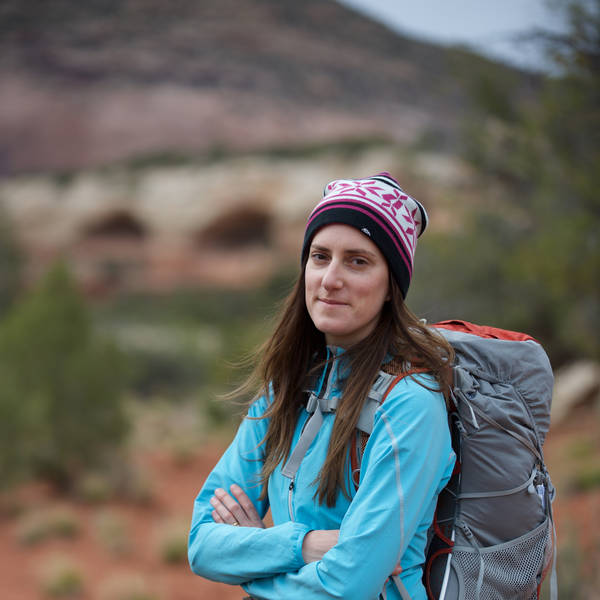Winter 2013
Labor of Love
New California park site dedicated to the work of labor leader César Chávez.
In April 1966, on the steps of the California State Capitol, César Chávez stood in front of more than 10,000 people, his feet blistered, his body weary, and his spirit soaring. He had just led the longest protest march in U.S. history, some 300 miles from the farm town of Delano, California, to Sacramento. As a result, a massive grape grower that had been unwilling to negotiate with farm workers had finally capitulated.
In front of a jubilant audience, Chávez announced that they had done the impossible. He had just signed the first contract for farm workers in the United States. It was a great victory for Chávez, the charismatic farm-labor leader and civil-rights activist. “I remember with strong feelings the families who joined our movement and paid dues long before there was any hope of winning contracts,” Chávez later said. “Sometimes, fathers and mothers would take money out of their meager food budgets just because they believed that farm workers could and must build their own union. I remember thinking then that with spirit like that… we had to win. No force on Earth could stop us.”
NEXT STEPS
In 1962, Chávez and activist Dolores Huerta founded the United Farm Workers of America (UFW), the first agricultural union in the country. Over four decades, the UFW secured unprecedented victories for workers, including the banishment of the crippling short-handled hoe, the first union medical and retirement benefits, and the first contracts to stipulate bathrooms and clean drinking water in the fields.
These and other achievements are why President Obama established the César E. Chávez National Monument near Keene, California, on October 8. The 398th unit of the National Park System, it protects the historic property known as La Paz, which includes the Chávez family home and UFW’s headquarters. It is the first National Park Service site dedicated to a contemporary Latino American.
“The National Park System is about more than beautiful places, it’s about telling the story of America,” says Emily Schrepf, Central Valley program manager for NPCA, which helped secure the designation through lobbying, advocacy, and community work over the last decade. “This new designation reflects the diversity of the United States, which had long been missing from the park system.” It comes at a time when the Park Service is working to engage youth and minorities to better represent changing American demographics—and to secure more diverse advocates for the future.
Born in Yuma, Arizona, in 1927, Chávez grew up working as a migrant farm worker, which meant inhaling pesticides, rubbing fingers raw, and living the hardships of one of the country’s most marginalized groups. Though he dropped out of school after eighth grade to support his family, he never lost his love of learning and continued to read voraciously. In 1962 he left the only steady job he ever held—as staff director of a community service organization—to fight for migrant workers’ rights.
His tactics of non-violent action, fasting, and boycotts paid off with contracts for more than 100,000 workers, increased pay, regulations covering pesticides, and community service funds, among other groundbreaking wins. It was one of the most successful grassroots movements in the country’s history.

National Parks
You can read this and other stories about history, nature, culture, art, conservation, travel, science and more in National Parks magazine. Your tax-deductible membership donation of $25 or more entitles…
See more ›“Latinos are an integral part of the country, and arguably the most important activist or political leader—a figure of immense importance—was César Chávez,” says Ilan Stavans, professor of Latin-American culture at Amherst College and author of several books on Chávez. “It’s a wonderful opportunity to have a monument like this to engage in a national dialogue about him. He is not a man without contradiction.”
At the new monument, visitors can learn about Chávez at a visitor center designed by the César Chávez Foundation. They can also wander the family gardens, visit Chávez’s burial site, and see the rows of books and papers in his office, which remains how he left it when he died in 1993.
“This monument comes at a time when we are seeing the man from all sorts of perspectives, and that, in the end, is a good thing,” says Stavans. “Our historical figures are really ours when we see them as human beings.” There is perhaps no better place to understand Chávez, both the legend and the man, than where he lived and worked.
About the author
-
 Kate Siber Contributor
Kate Siber ContributorKate Siber, a freelance writer and correspondent for Outside magazine, is based in Durango, Colorado. Her writing has appeared in National Geographic Traveler and The New York Times. She is also the author of “National Parks of the U.S.A.,” a best-selling children’s book.



